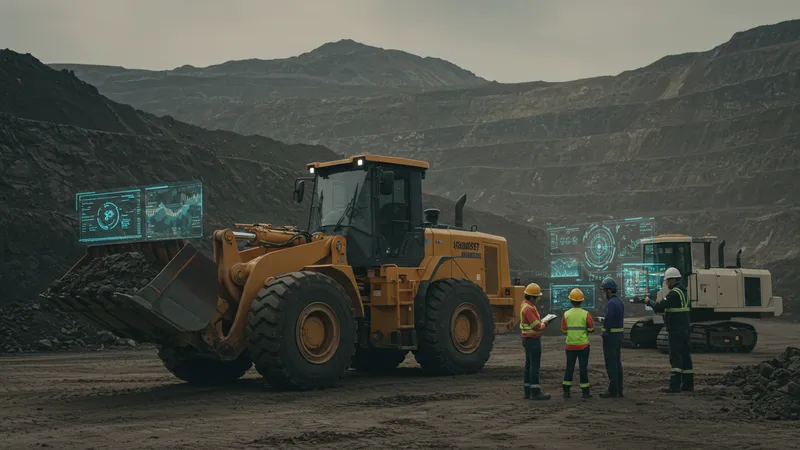
Eco-Efficient Mining Solutions: Maximizing Yield With Minimal Environmental Impact
Implementation Challenges and Best Practices for Eco-Efficient Mining
While the benefits of eco-efficient mining are clear, implementing these solutions is not without obstacles. Upfront investments can be substantial, especially for advanced electric loaders and automated monitoring platforms. However, the total cost of ownership tends to decrease over time due to lower fuel, water, and maintenance expenses. Careful financial analysis and phased adoption can help mines manage these costs, avoiding major disruptions while progressing toward sustainability targets.

Workforce training is another key ingredient for successful integration. Employees must adapt to new equipment and data-centric work cultures. Many leading technology suppliers offer training alongside their advanced systems, ensuring a smooth transition and reducing operational risk. Organizations planning a rollout should prioritize robust onboarding processes to maximize return on investment.
Mining sites also face logistical barriers in adopting new infrastructure—particularly in remote or challenging locations. Battery charging stations for loaders, water recycling installations, and sensor networks all require careful engineering and planning. Site-specific solutions—fitting the unique geography and geology—are essential for seamless and efficient operation.
Best practices include starting with pilot projects, leveraging grant funding where available, and maintaining strong partnerships with technology vendors. Continual monitoring and feedback ensure that eco-efficiency measures are not only installed but optimized. The journey toward maximized yield and minimal impact is ongoing—and strategic implementation distinguishes industry leaders.